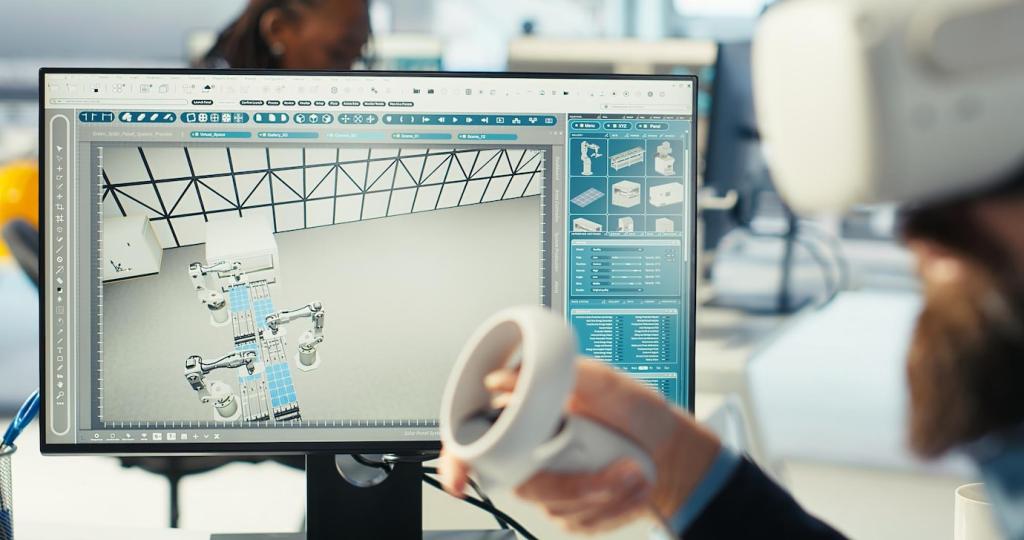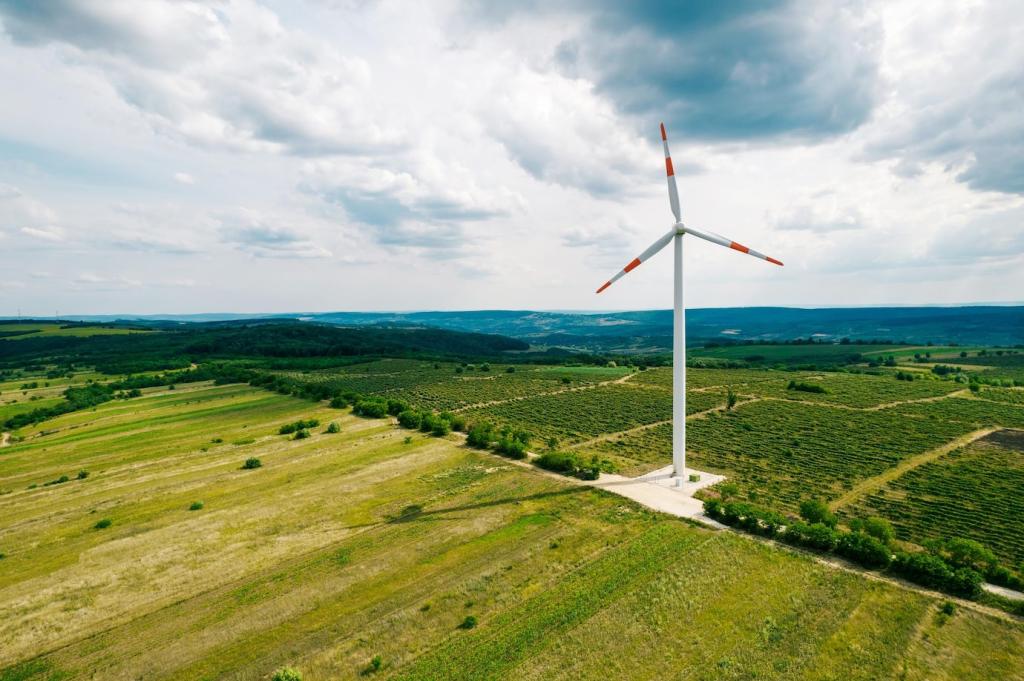Designing With Nature: Techniques That Elevate Sustainability
Replacing solvent-heavy coatings, waterborne finishes and bio-based resins reduce off-gassing without dulling warmth or color. Careful curing schedules lock in durability, and matte sheens enhance tactile surfaces like cork and bamboo.
Designing With Nature: Techniques That Elevate Sustainability
Furniture engineered with mechanical fasteners, reversible joints, and labeled parts simplifies repair, upgrades, and recycling. Clear manuals and standardized hardware mean owners can refresh a seat or reconfigure a shelf in minutes.
Designing With Nature: Techniques That Elevate Sustainability
Cork layers dampen echoes; wool and mycelium foams soften edges without synthetic fillers. Designers prototype with small room tests, inviting users to compare sound and feel, then share feedback that guides final material blends.
Designing With Nature: Techniques That Elevate Sustainability
Lorem ipsum dolor sit amet, consectetur adipiscing elit. Ut elit tellus, luctus nec ullamcorper mattis, pulvinar dapibus leo.





